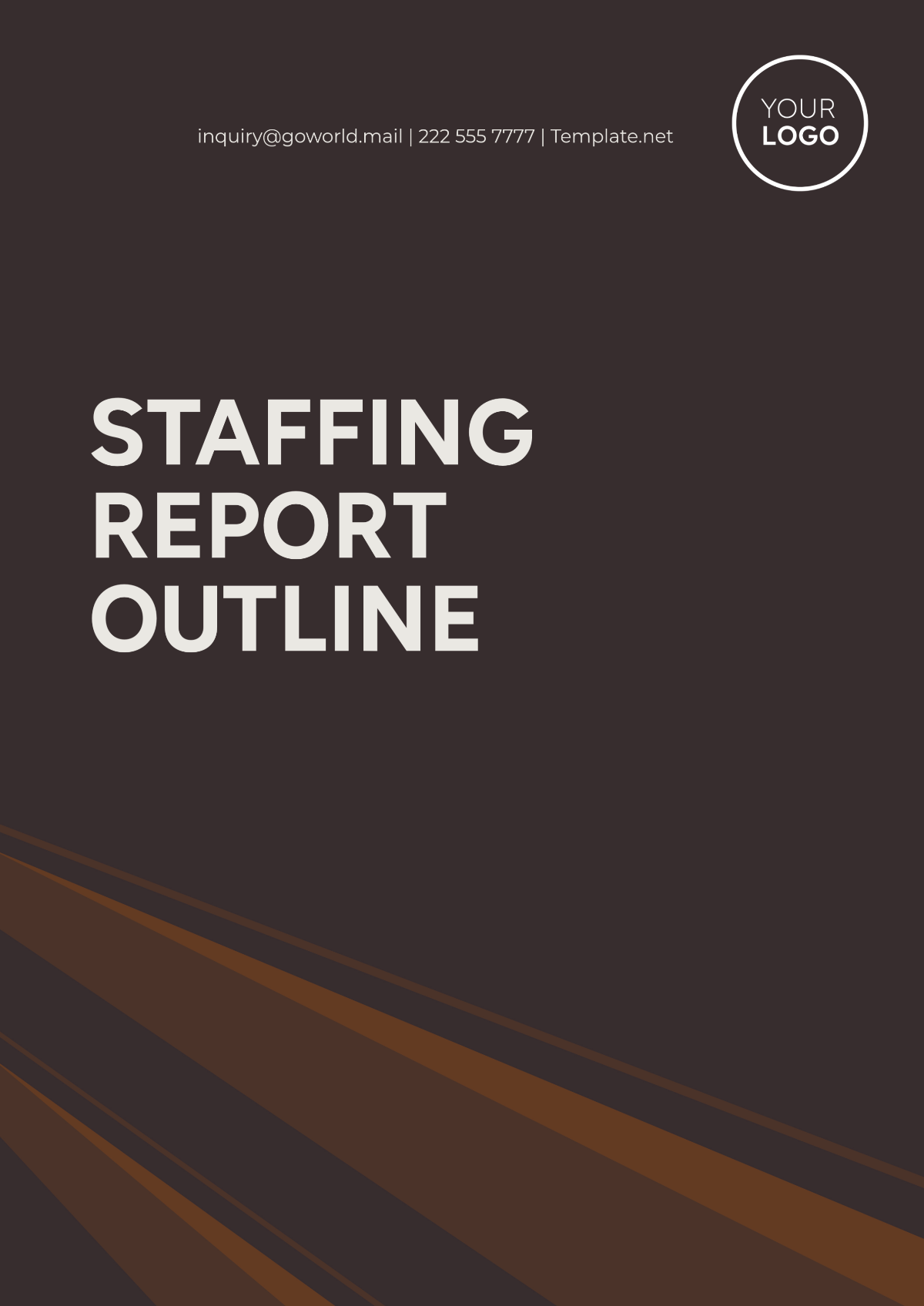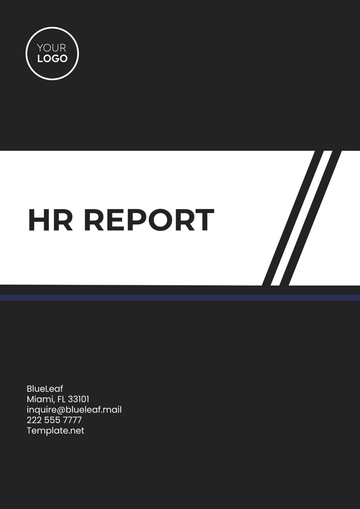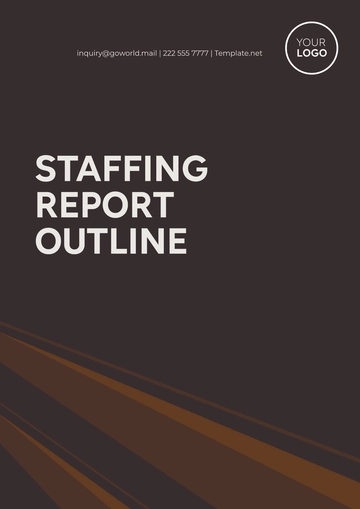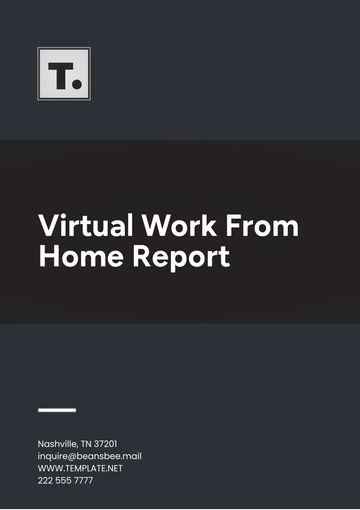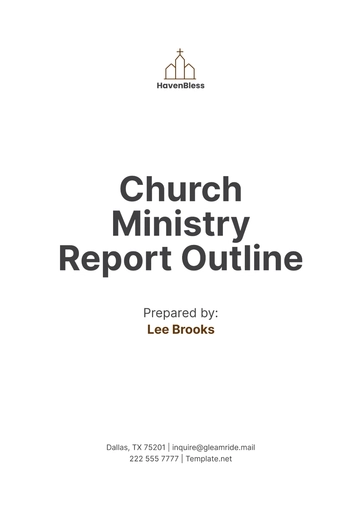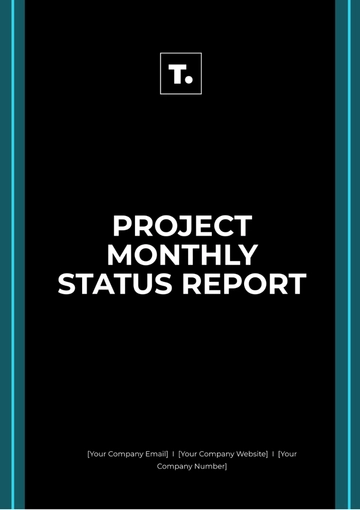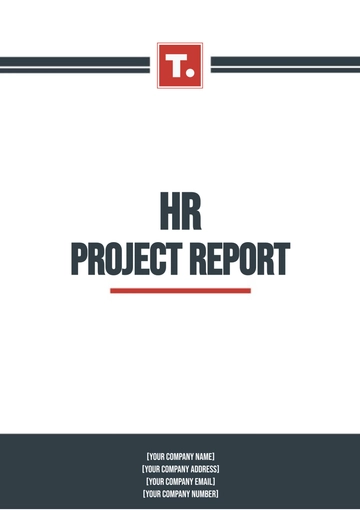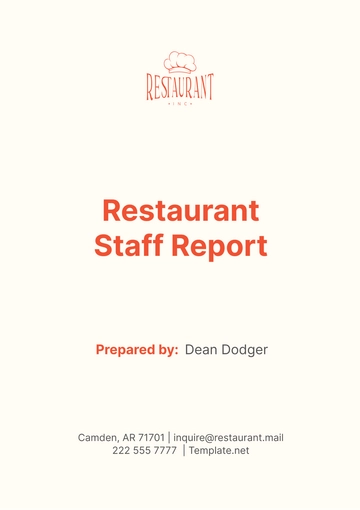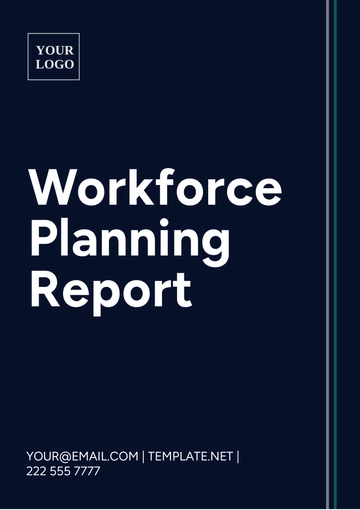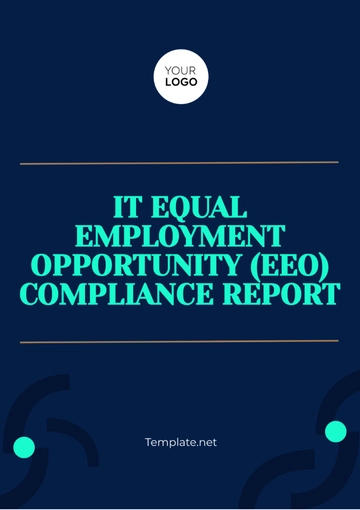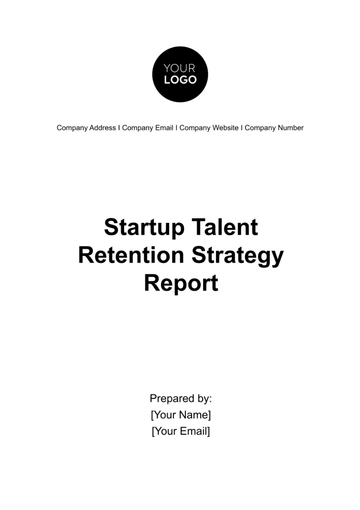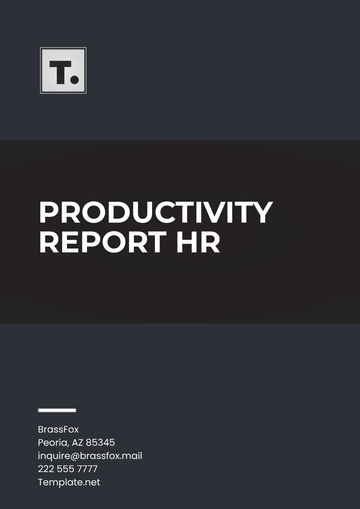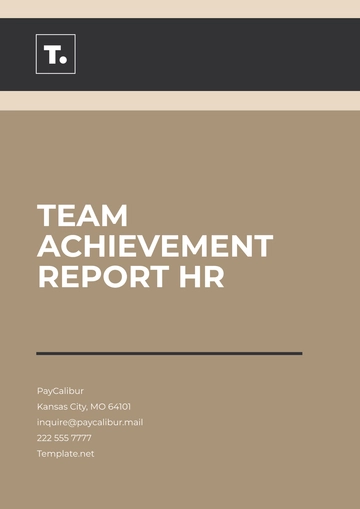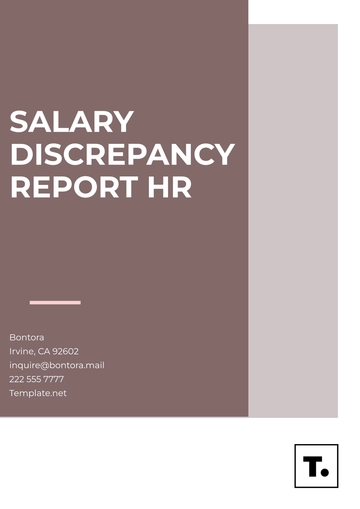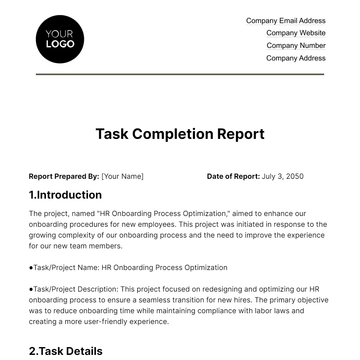Staffing Report Outline
Introduction
The purpose of this staffing report is to provide an overview of the current staffing situation within the organization, analyze workforce analytics, and propose actionable recommendations to optimize staffing levels. This report evaluates workforce distribution, turnover rates, recruitment efficacy, and future staffing needs.
Current Staffing Levels
Departmental Analysis
Each department's current staffing levels are assessed to ensure the alignment of resources with organizational objectives. The data is collected from the HR management system and is presented in the table below:
Department | Current Staff Count | Optimal Staff Count | Vacancies |
|---|
HR | 15 | 18 | 3 |
IT | 25 | 30 | 5 |
Sales | 40 | 45 | 5 |
Marketing | 20 | 22 | 2 |
Turnover Rates
Turnover rates are critical in understanding employee retention. The table below outlines the turnover rates over the past year:
Department | Turnover Rate (%) |
|---|
HR | 10% |
IT | 15% |
Sales | 12% |
Marketing | 8% |
Recruitment and Hiring
Recruitment Strategies
To address staffing needs, the organization employs various recruitment strategies that include, but are not limited to:
Online job portals
Campus recruitment
Employee referrals
Social media recruiting
Recruitment agencies
Hiring Process
The organization follows a structured hiring process to ensure quality employee selection, which includes:
Job postings and announcements
Resume screening
Interviews (telephone, video, in-person)
Skill assessments and tests
Background checks
Final offer and onboarding
Employee Development and Training
Employee development is a central aspect of our staffing strategy. The organization provides several training and development programs to enhance staff competencies and morale, including:
Onboarding programs for new entrants
Leadership training workshops
Technical skill enhancement courses
Soft skills development seminars
Mentorship schemes
Challenges and Issues
Despite strategic efforts, several challenges affect staffing levels, such as:
High industry competition for skilled professionals
Resource limitations leading to delays in hiring
Mismatch between applicant skills and job requirements
Retention issues in specific departments
Lack of a comprehensive succession planning framework
Recommendations
Short-Term Recommendations
In the short-term, the organization should focus on:
Filling current vacancies swiftly through targeted recruitment drives
Enhancing the employee value proposition to improve retention
Optimizing recruitment strategies to bring in high-quality candidates
Long-Term Recommendations
For sustainable growth, consider the following long-term strategies:
Develop a robust succession planning program
Invest in predictive analytics to anticipate future workforce needs
Streamline the hiring process to reduce time-to-fill metrics
Enhance diversity and inclusion within recruitment strategies
Implement continuous learning and development pathways for employees
Conclusion
Effectively managing staffing levels is crucial to the organization's success. By addressing current challenges, optimizing hiring processes, and implementing strategic workforce planning, we can ensure that the organization remains competitive and can meet future demands.
Report Templates @ Template.net
